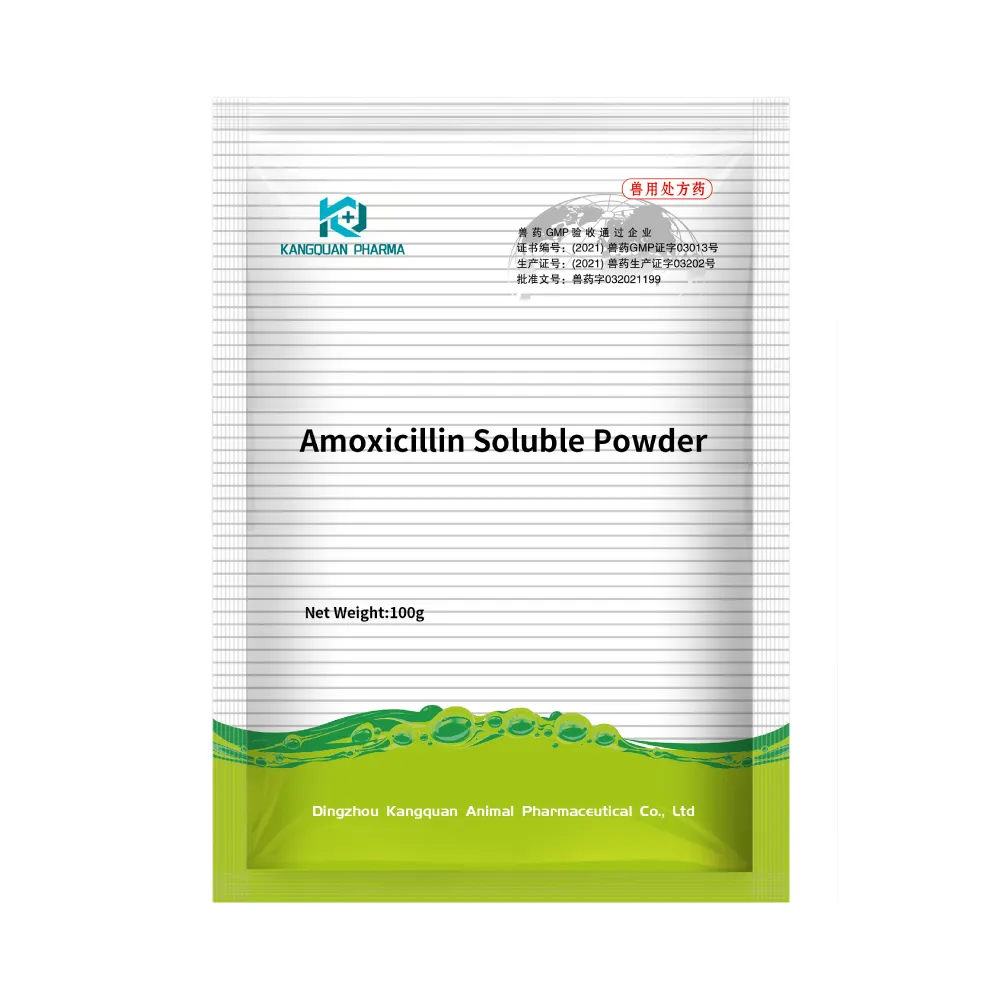- Afrikaans
- Albanian
- Amharic
- Arabic
- Armenian
- Azerbaijani
- Basque
- Belarusian
- Bengali
- Bosnian
- Bulgarian
- Catalan
- Cebuano
- Corsican
- Croatian
- Czech
- Danish
- Dutch
- English
- Esperanto
- Estonian
- Finnish
- French
- Frisian
- Galician
- Georgian
- German
- Greek
- Gujarati
- Haitian Creole
- hausa
- hawaiian
- Hebrew
- Hindi
- Miao
- Hungarian
- Icelandic
- igbo
- Indonesian
- irish
- Italian
- Japanese
- Javanese
- Kannada
- kazakh
- Khmer
- Rwandese
- Korean
- Kurdish
- Kyrgyz
- Lao
- Latin
- Latvian
- Lithuanian
- Luxembourgish
- Macedonian
- Malgashi
- Malay
- Malayalam
- Maltese
- Maori
- Marathi
- Mongolian
- Myanmar
- Nepali
- Norwegian
- Norwegian
- Occitan
- Pashto
- Persian
- Polish
- Portuguese
- Punjabi
- Romanian
- Russian
- Samoan
- Scottish Gaelic
- Serbian
- Sesotho
- Shona
- Sindhi
- Sinhala
- Slovak
- Slovenian
- Somali
- Spanish
- Sundanese
- Swahili
- Swedish
- Tagalog
- Tajik
- Tamil
- Tatar
- Telugu
- Thai
- Turkish
- Turkmen
- Ukrainian
- Urdu
- Uighur
- Uzbek
- Vietnamese
- Welsh
- Bantu
- Yiddish
- Yoruba
- Zulu
ਨਵੰ. . 27, 2024 02:18 Back to list
Determining Appropriate Oxytetracycline Dosage for Cattle Health and Treatment Strategies
Understanding Oxytetracycline Dosage in Cattle Guidelines and Considerations
Introduction
Oxytetracycline is a broad-spectrum antibiotic widely used in veterinary medicine, particularly in the treatment of bacterial infections in cattle. Its efficacy in managing a variety of diseases makes it an essential tool for veterinarians and livestock producers. However, careful consideration of the dosage is critical to ensure effective treatment while minimizing the risk of resistance development and side effects. This article aims to provide an overview of the appropriate oxytetracycline dosages for cattle, factors influencing these dosages, and important safety considerations.
Oxytetracycline Dosage Guidelines
The recommended dosage of oxytetracycline for cattle can vary based on several factors, including the type of infection, the age and weight of the animal, and the specific formulation of the drug being used. Generally, the standard dosage for cattle is in the range of 10 to 20 mg per kg of body weight administered every 24 to 48 hours. For example, for a 500 kg beef cattle, a dose of 5,000 to 10,000 mg of oxytetracycline may be recommended.
It is critical to follow the specific instructions provided by a veterinarian or the drug manufacturer. In cases of severe infections, higher doses may be necessary, but these should only be administered under professional guidance. Additionally, the route of administration can influence the effectiveness of the treatment. Oxytetracycline can be given intravenously, intramuscularly, or orally, with the absorption rate differing between these methods.
Factors Influencing Dosage
oxytetracycline dose in cattle

Several factors can influence the dosage of oxytetracycline administered to cattle. First and foremost is the type of infection being treated. Diseases such as bovine respiratory disease, which can be caused by multiple bacterial agents, may require different treatment regimes. The severity of the disease also plays a role; more severe infections may necessitate higher doses or more frequent administration.
The weight and age of the animal are critical considerations when determining the appropriate dose. Younger cattle may have different metabolism rates and may respond more sensitively to medication doses. Monitoring body condition, health status, and other concurrent medications is also important, as these factors can affect drug efficacy and safety.
Safety and Resistance Considerations
When using oxytetracycline, it is essential to consider the potential for antibiotic resistance. Overuse or inappropriate dosing can contribute to the development of resistant bacterial strains, which can pose serious public health risks. Therefore, it is crucial to strictly adhere to dosage guidelines and use oxytetracycline only when necessary.
Furthermore, withdrawal times must be observed to ensure that antibiotic residues do not remain in the animal’s system by the time of slaughter. The withdrawal period for oxytetracycline typically ranges from 28 to 60 days, depending on the method of administration. Adhering to withdrawal guidelines helps protect consumers from potential antibiotic exposure and maintains market access for cattle producers.
Conclusion
Oxytetracycline is an invaluable antibiotic for treating bacterial infections in cattle, but its use requires careful management of dosages and adherence to veterinary recommendations. Understanding the appropriate doses, considering factors that influence these doses, and being aware of the implications for safety and antibiotic resistance are crucial for effective treatment. By following best practices in the use of oxytetracycline, cattle producers can ensure the health and well-being of their herds while contributing to the sustainability of livestock production. It is always advisable to consult a veterinarian for tailored advice based on individual circumstances and treatment needs.
-
Guide to Oxytetracycline Injection
NewsMar.27,2025
-
Guide to Colistin Sulphate
NewsMar.27,2025
-
Gentamicin Sulfate: Uses, Price, And Key Information
NewsMar.27,2025
-
Enrofloxacin Injection: Uses, Price, And Supplier Information
NewsMar.27,2025
-
Dexamethasone Sodium Phosphate Injection: Uses, Price, And Key Information
NewsMar.27,2025
-
Albendazole Tablet: Uses, Dosage, Cost, And Key Information
NewsMar.27,2025













